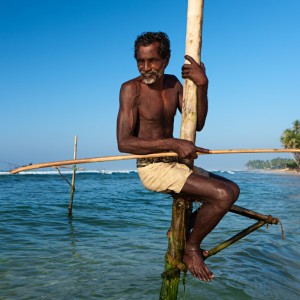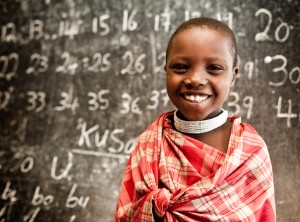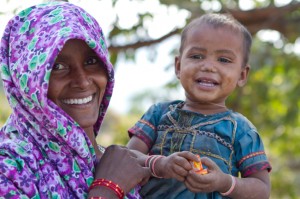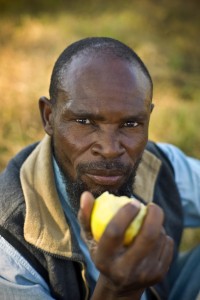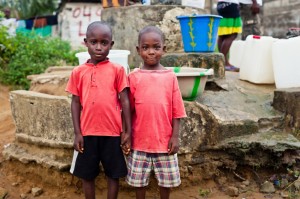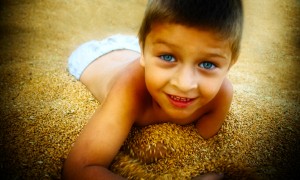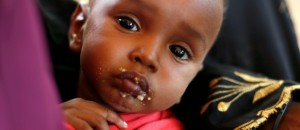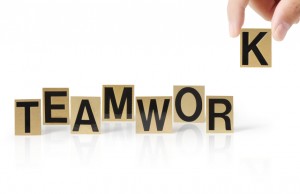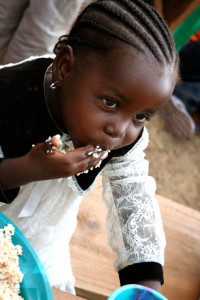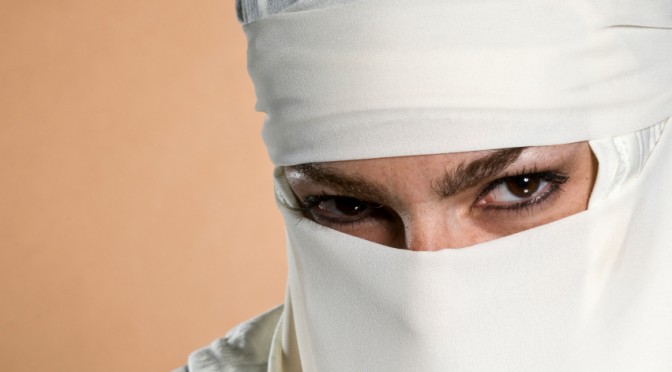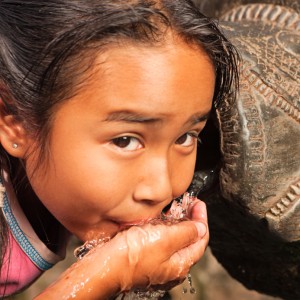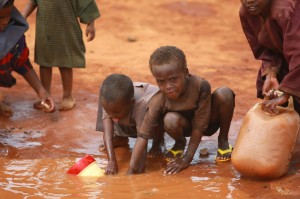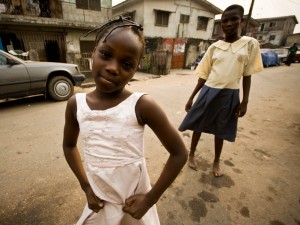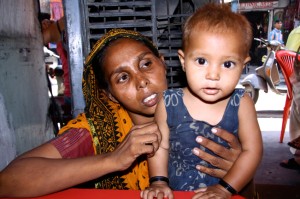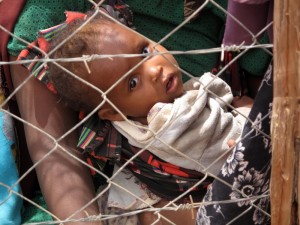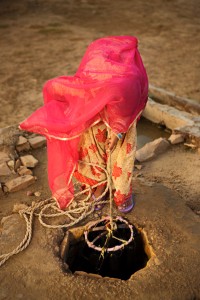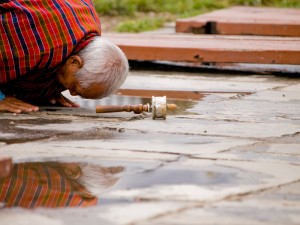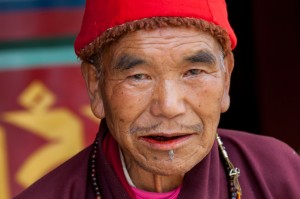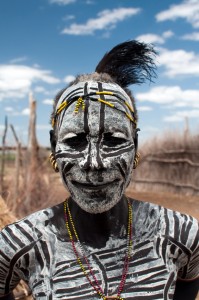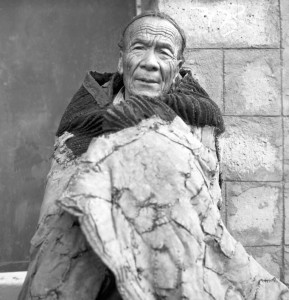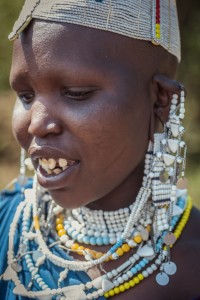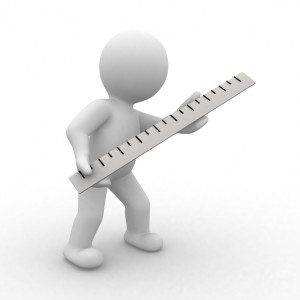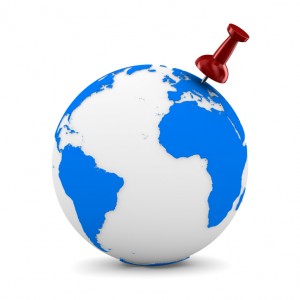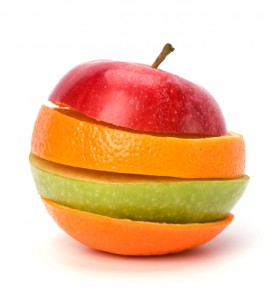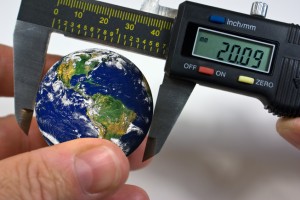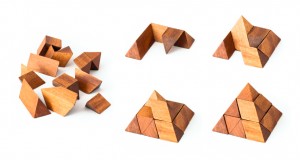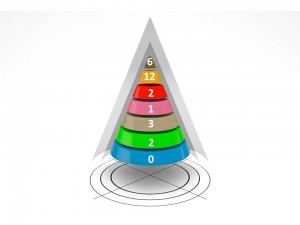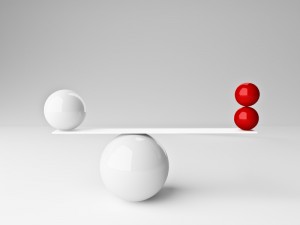Yes. That’s true. We don’t want to patronise you. There are over 7 billion of us individuals on the planet, apparently – and you’re just ONE of them. Using United Nations statistics, those below the so-called ‘Poverty Line’ are around a quarter of that total – some 1.75 billion people in all. Of that rather daunting number, some 1 billion or so (who’s counting?) are considered to be in “extreme poverty”, often defined as those living on less than the equivalent of US$1.25 a day. It can be pretty tough for some of us, but probably worst of all for these. And there’s around a billion of them. Facing this tsunami of need, what can one person do to make a difference? After all, trying to help meet the needs of just ONE person would be enough!
And with that simple thought, you might just be on to something.
Thinking about it, you ARE just one person, but then seeking to help JUST one other person overcome poverty might indeed be ENOUGH to make a difference. That is…assuming there were a billion others like you willing to do just the same. And we think there might be. But that’s not your problem; it’s ours, ok? At least, we have made it ours. That’s why we call ourselves “Give A Billion”, because we think there are at least a billion people out there who would be more inclined to engage in solving global poverty, if they could JUST focus on helping ONE person – ideally one person they can identify with. It is our job* to encourage those 1 billion people and help them engage effectively in overcoming poverty – JUST one person at a time.
*We regularly get visitors to this site from over 125 countries worldwide, which collectively represent over 90% of the planet’s population. Good ideas spread quickly.
If you are one of those people: welcome aboard! We have some things that will make your journey a whole lot easier! For starters, leave the other 1 billion helpers to one side for the moment. We’ll get around to them in good time. Let’s talk about you. YOU are the one reading this, so YOU are our main concern right now – you are the one who wants to make a difference in the world. Do you know how many other internet users like you, there are in the world? It was already estimated at over 2.4 billion in 2012. Over 750 million of those are now on Facebook alone! Hundreds of millions also use Twitter and Weibo. If you use any of those tools, or at least know of them, then the idea of being one in a billion people that are somehow ‘connected’, is not a new concept for you, right? You ARE still just one person – but you’re also ‘one in a billion’ of them.
Have you ever wondered about that? If there are 7 billion people in a line, notionally ranked from ‘richest’ to ‘poorest’, where exactly would you stand in that line? Look ahead of you. How many hundreds of millions of people do you imagine are richer than you? And how many billions behind you are poorer, looking ahead at YOU as one of the richer ones? Whatever your position, the queue itself would classically follow something called the “normal distribution curve” of values. (If you don’t know it, put the search term into Google and look at the images that come back). That means some at one far end of the scale are spectacularly rich. In 2013, Forbes Magazine estimated that the richest 40 people on the planet had a combined wealth of around 1 Trillion dollars. That’s US$1,000,000,000,000. Or one thousand lots of 1 billion dollars. But they are not our main focus here.
At the other end of the scale, you have some people who are the poorest of the poor. If a billion people live on less than US$1.25 a day, then that means some of those are going to be desperately poor, living on less than even half of that. The bulk of the world’s population, however, will fall somewhere in the middle of that queue we talked about. And that got us thinking…
If there are 7 billion people alive today and some 1 billion are in extreme poverty – then by simple maths, some 6 billion are relatively “better off” than that – although for some, it is not by much. And out of those 6 billion others, we’ve said we want to engage 1 billion among the richest half of those people to help the 1 billion classed as in ‘extreme poverty’ – at the other end of the scale. This way, it’s more like a one-to-one relationship – and no one person feels they have to shoulder the burden for it all. Out of the willing force of 1 billion people, we can all do our OWN chosen bit to help – and let the others do theirs.
Here’s a sequence of attitudes that you may have felt in yourself at some point, or met in others:
1. You can do nothing: The challenge facing you is too great. Give up.
2. You’re not sure you can do anything: You are not against helping, but you doubt that anything you do will really matter that much.
3. At least you’re doing something: Since doing something must be better than nothing, surely you must have some moral superiority over all the millions out there ‘doing nothing’.
4. You’re doing ‘what you can’: Actually, it is more that you are doing all you feel like doing for now, so your conscience should leave you alone.
5. You’re doing something specific: You have considered the options for action and have picked the actions that best suit you and are realistic at this stage.
6. You’re trying to do everything: You will burn out. Please stop before that point!
We are looking to help move a billion people up the rankings to stage 5 in the list above. For all those people who are already at stage 6, we want to do what we can to help you move back to stage 5. But we have to admire your dedication, all the same.
In our best moments, when we are feeling at our most humane, we might imagine the needs of the billion poorest people on the planet, all gathered together on a gigantic set of scales, weighing the scales down massively on one side. We see ourselves climbing onto the scales on the other side and notice…nothing. We scarcely ‘move the needle’.
Against the massive weight of the needs of a billion people, we make virtually no impact. Now, however, imagine just ONE person on the other side of the scales. How do you feel now, when you step onto your side of the scales? Whatever the actual challenge involved, does that not feel more achievable? Which approach would YOU choose?
Now go a stage further. Whatever the details of your own circumstances, imagine that you can PICK out someone on the other side, who most closely MATCHES your own natural sympathies. They may have certain similarities to you, that help you identify with them all the more. Whatever it is that YOU happen to be looking for in such a person – imagine they HAVE that. There are a billion to choose from – chances are you can get pretty close.
Now, consider your motivation level. That thing you are feeling right now – it’s called EMPATHY. Can you imagine, in your lifetime, if you maintain that level of motivation and empathy, that you might be willing to do whatever it takes to help THAT kind of person help themselves out of poverty? All you might reasonably ask, is that they also be willing to help themselves along the way and that someone facilitates the introductions for you. Does that seem fair?
One thing now. Two things later. But either way, be sure to act. If you are already a user of Facebook, Twitter, Weibo, or something similar, pick out ONE thing from this site that you think is most suitable to let others know about – and just share that. That’s it for now. For later, from elsewhere on this site, make sure you understand the 7 Layer Poverty Model yourself and could explain it to others. Then thirdly, set your heart and mind to consider some kind of one-to-one person sponsorship at SOME stage in your future, when YOU are ready. Not through us, but through an organisation YOU have hand-picked, from among the best-of-the-best out there.
You may already be used to making one-off gifts to other noble causes, as and when they ask. And indeed you may experience a lot of people asking! That does all make a difference. But lifting people PERMANENTLY out of extreme poverty is different. It either takes a lot of money once, or a lot less money, invested effectively, spread over a longer time. Which would you prefer to do? Sponsorship schemes through various organisations all around the world, tend to focus on children – for a whole host of good reasons. They consistently look for around US$30 a month – or a dollar a day. (It’s usually only around US$50 a month for an entire family though). That seems to be the going rate. It is memorable, in that it is pretty close to the UN poverty line threshold number of US$1.25 a day.
If you cannot afford to invest that regular amount into one other person’s life right now, try engaging with similarly-minded others in the exact same position, until you can jointly afford to sponsor a person together. It could easily work as part of a group you already belong to. But do it happily, willingly and freely. Not because guilt made you do it, but because you can’t seriously imagine something else you would rather be doing with that money and with that ONE person you have in mind.
We don’t want to discourage one-time giving, because it all counts. But keep in mind the ONE person on the other side of the scales from you. Will their life undergo lasting change from a one-off donation? Would you not rather change that ONE person’s life for better and forever?
Getting them there may take several years, whether through school, university, training, employment, medical school, or some other means. You are investing the time and money to ‘teach them to fish’, not just ‘giving them a fish’, as the traditional saying goes.
That will normally take regular giving from people like you.
When you have done that, THEN you will have an amazing story to tell. You will be able to share the impact you have made in transforming someone else’s life forever. And the next time someone talks about charity and aid making no lasting difference, YOU can tell them YOUR story. You may not have ‘changed the whole world’, but you WILL have changed the whole world for that ONE.
Yes, there will always be more that you COULD do. There will usually be more that some may ASK you to do. There may even be more that you WANT to do. But commit yourself, in your OWN heart and in your OWN time, to do this one thing: balance the scales for that ONE person. Then, you will have truly made a difference that matters. You are indeed just one person…
But to us, you are…
One in a Billion!


